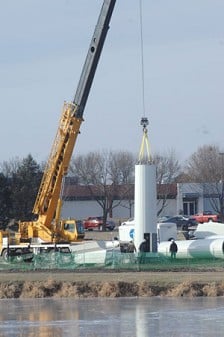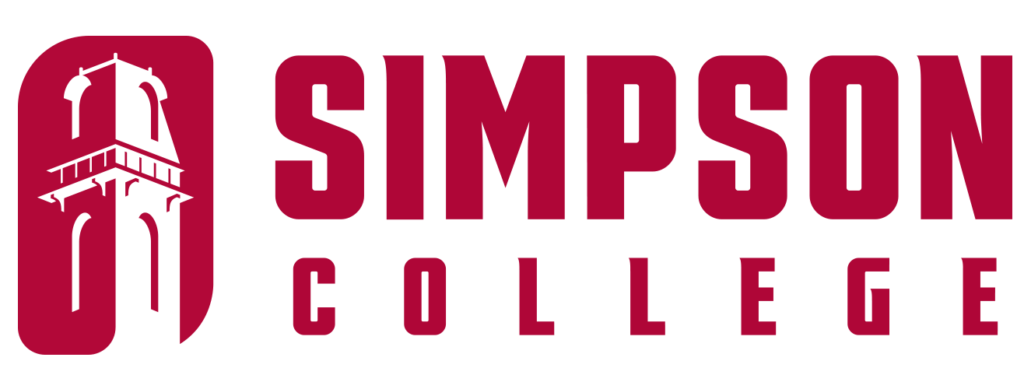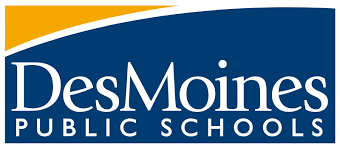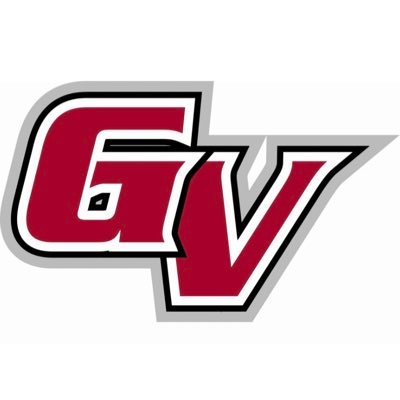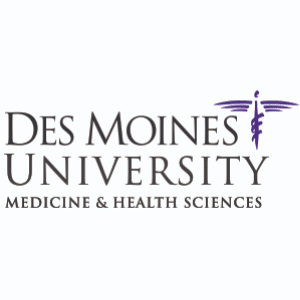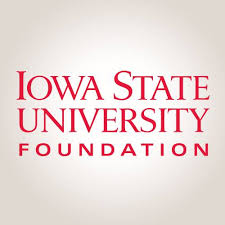DMACC upgrades based on industry demands

For Des Moines Area Community College (DMACC), keeping up with technology is more important than just keeping up with the Joneses.
It’s a matter of keeping up with the jobs.
“It’s something we do every day, every year,” said Scott Ocken, dean of industry and technology at DMACC. “We want our students to be able to use current industry technology. … It’s a constant battle, with technology changing exponentially every year. It goes faster and faster.”
The battle to keep up last week led to the installation of a wind turbine on the Ankeny campus. It also led to the renovation of buildings 3E and 3W to provide space for the emerging Electronic Crime Institute.
“In just about every program, there’s always activity trying to get it up to date,” Ocken said.
Turbine makes learning a breeze
The new wind turbine was installed as part of an increasing emphasis on training wind turbine technicians within the school’s industrial electromechanical program.
The program was started as part of a push by Gov. Chet Culver and the Iowa Department of Economic Development, which went to DMACC and other schools in the state to ask for help developing a work force for wind energy in Iowa.
The first wind turbine classes were offered in the fall of 2009 as part of a five-semester curriculum at DMACC. The program focuses primarily on maintenance and repair using lessons learned through the industrial electromechanical program. The program made sense for DMACC, Ocken said, because students were already learning the basic skills of electronics, mechanics, hydraulics and pneumatics, and the wind turbine emphasis builds on those skills in a more specialized way.
“We looked at what skills a wind turbine technician needed, and basically identified all the skill areas, and they were skills that we already had,” Ocken said.
With the program came technology upgrades. Ocken estimated the college spent $150,000 on equipment and laboratory upgrades and $80,000 on a wind turbine technician trainer for use in the classroom lab area. The wind turbine itself cost about $290,000, including installation, of which $130,000 came from a grant through the Iowa Office of Energy Independence.
The turbine will produce some electricity, but mainly exists for demonstration and training purposes. It provides students a chance to put everything together.
“It’s the ability for us to have a place to demonstrate all the things that are going on that we’re talking about in the classroom,” said Dean Hoffman, professor of manufacturing technology. “We do have some simulation equipment in the classroom, but it will really relate to an actual turbine. They’ll get a feel for it.”
Previously, students were traveling to Carroll and elsewhere in the state where turbines were installed to get hands-on training.
“We will spend more hands-on time on the turbine rather than getting there,” Ocken said. “That seat time is just a waste of time.”
Fighting bad technology
Technology isn’t always a good thing, said Brian Burkhardt, director of the Electronic Crime Institute.
That’s what led to the creation of the Electronic Crime Institute (ECI), part of the criminal justice program at DMACC.
“Technology is ever-changing and rapidly pervasive into every aspect of life,” Burkhardt said, noting the far-reaching effects of e-mail and social media. “And with that comes those who want to use this technology maliciously to commit all sorts of different crimes.”
In 2008, the U.S. Department of Justice issued DMACC a $1.7 million grant to establish the ECI. The terms of the grant required the college to offer the program for credit as well as through continuing education for both law enforcement officials and the general public.
“It became very evident that continuing training and continuing enforcement is very much needed for those already in law enforcement, those in the corporate and business communities as well as those upcoming who want to be a part of those arenas and environments,” Burkhardt said.
The curriculum teaches students to investigate the technology that is involved in online crime, which could include stalking, harassment or fraud. With that curriculum comes specialized technology on the law enforcement end. The institute’s computer software allows students to look at data at a more in-depth level and access information that has been deleted or intentionally hidden. The computer lab equipment, Burkhardt said, is the same as what law enforcement agencies around the nation are using to investigate forensic and digital evidence.
The equipment installation required a renovation of Building 3 on DMACC’s Ankeny campus. The institute is housed in a secure space with the labs, also sharing a workspace with the Iowa Internet Crimes Against Children task force.
Keeping up is essential
The wind turbine and the ECI are two examples of what is almost a constant effort to keep up with technology and equipment.
Keeping up is essential to preparing students for the job market, said Julie Gonzalez, program chair and biology instructor for the biotechnology program at DMACC.
The program’s most recent equipment purchase is a real-time Polymerase Chain Reaction machine, which is used to rapidly amplify a few copies of DNA into thousands to millions of copies of a DNA sequence. In recent years the department has made a push toward automated machines that do the “hands-on” work.
“If we don’t have the proper technology here in the labs to expose the students and learn how to operate and maintain and understand all of it … (students) would be considered obsolete if they didn’t have any exposure to those high-throughput methods and higher technology,” Gonzalez said.
DMACC pays for much of the equipment updates through a levied property tax fund. Beyond that, sometimes businesses will help fund necessary updates. For instance, Monsanto Co. often donates its old equipment to the biotechnology department.
Sometimes it takes getting a little more creative.
For example, when officials in the industry and technology department looked at buying new automotive trainers, they decided the equipment was too expensive. So they bought the parts and built the trainers themselves.
“Our faculty spent the time and effort to build those trainers,” Ocken said. “So they have a vested interest in the training and what they’re doing, and they put their time and effort into that. It’s interesting what they’ll come up with when their backs are against the wall and they have to come up with limited resources.”

